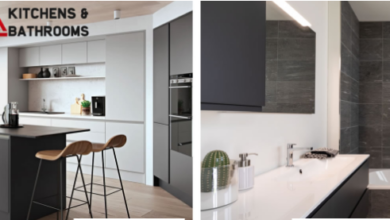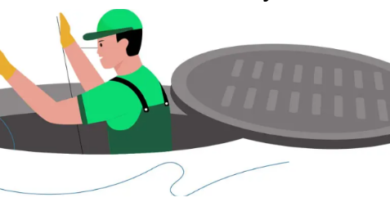Vacuum Mop Combos: Features, Testing, and Maintenance

Understanding Multi-Surface Cleaning Tools
Vacuum mop combos offer a dual approach to floor maintenance by combining suction and mopping functions. These tools aim to streamline cleaning routines for households with hard floors. They handle dry debris like dust and pet hair while tackling spills or sticky residues.
While not a complete replacement for traditional vacuums or mops, these devices reduce the need for multiple cleaning steps. They’re particularly useful in homes with pets, children, or high foot traffic. However, users should manage expectations around deep cleaning or carpet performance.
Key Features to Evaluate
Suction and Water Management
Effective models balance suction power with water flow control. Look for adjustable settings to handle varying mess types. Dual-tank systems keep clean and dirty water separate, preventing cross-contamination. Self-cleaning modes help maintain hygiene by rinsing internal components post-use.
Portability and Design
Lightweight designs (under 12 lbs) improve maneuverability, especially in multi-level homes. Cordless models offer flexibility but require battery management. Swivel heads and low-profile builds aid in reaching under furniture or tight corners.
Maintenance Requirements
All-in-one tools demand regular upkeep. Filters need frequent washing or replacement to prevent clogs. Tanks require emptying after each use, and brushes should be inspected for tangled hair or debris.
Testing Insights from Real-World Use
Performance on Hard Floors
Models were tested on tile, hardwood, and vinyl surfaces using substances like coffee grounds, cereal, and dried liquids. Top performers removed 90% of debris in one pass. Steam-enabled units excelled at dissolving sticky residues but struggled with rapid battery drain.
Carpet Compatibility
Most devices aren’t optimized for carpets. Wet modes can leave fibers damp, while suction often fails to lift embedded dirt. A few models with adjustable height settings performed better on low-pile rugs but required manual intervention.
See also: Overcoming Common Scheduling Hurdles in Field Service Management
Maintenance Best Practices
Daily Care Routine
- Empty dirty water tanks immediately to prevent mold
- Rinse mop pads and brushes under running water
- Wipe sensors and charging contacts with a dry cloth
Monthly Deep Cleaning
Disassemble brush rolls and soak removable parts in vinegar solution. Check for blockages in water channels. Replace HEPA filters if airflow diminishes. For optimal performance, consider using a mop vacuum combo with self-drying features to reduce manual effort.
Selecting the Right Model
Household Size Considerations
Small apartments benefit from compact, cordless designs with 30+ minute battery life. Larger homes may prioritize models with extended runtime or dual-tank systems. Pet owners should prioritize strong suction and tangle-resistant brushes.
Budget vs. Premium Features
Entry-level units ($200-$400) handle basic debris but lack smart sensors. Mid-range options ($400-$700) add features like app connectivity and adjustable water flow. Premium models ($700+) offer laser mapping, self-emptying docks, and stain detection.
Final Recommendations
Focus on units with washable filters and easily accessible tanks. Prioritize battery life over maximum suction if cleaning large areas. Always test the device’s self-cleaning cycle before purchase to gauge long-term maintenance effort.
While no single model excels at every task, combining a dedicated vacuum with a specialized mop vacuum combo can maintain floors between deep cleans. Assess your specific needs for wet/dry mess frequency, floor types, and storage space before investing.




